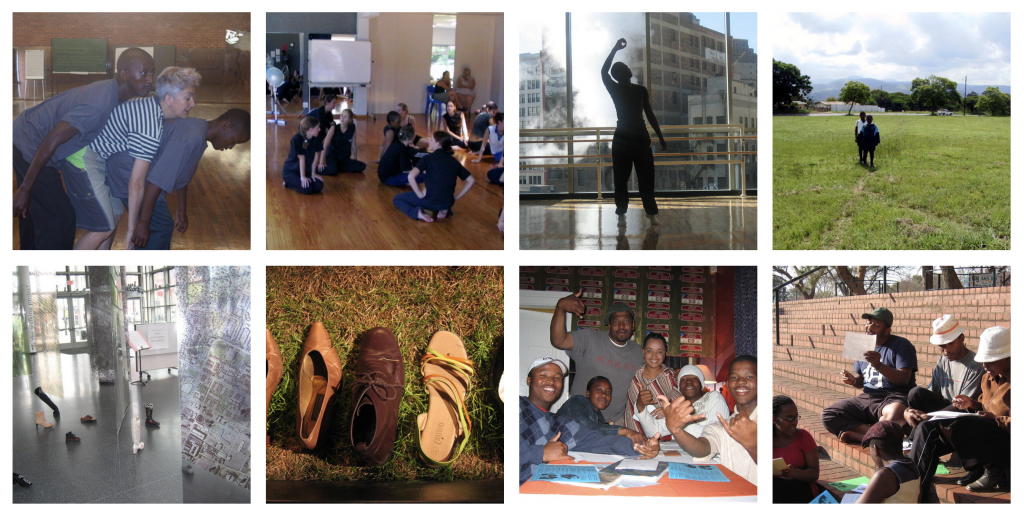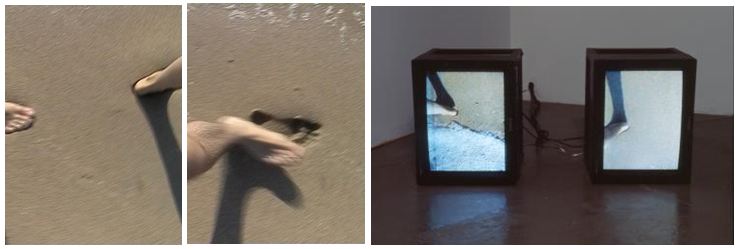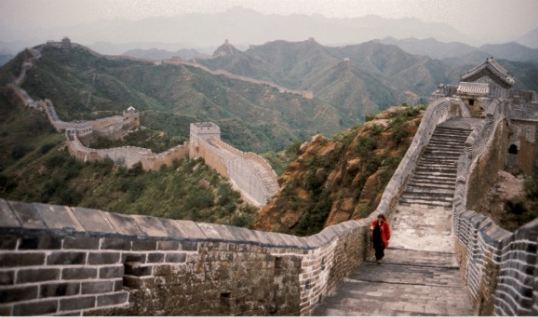
Marina Abramović and Ulay, The Lovers – The Great Wall Walk (1988) China
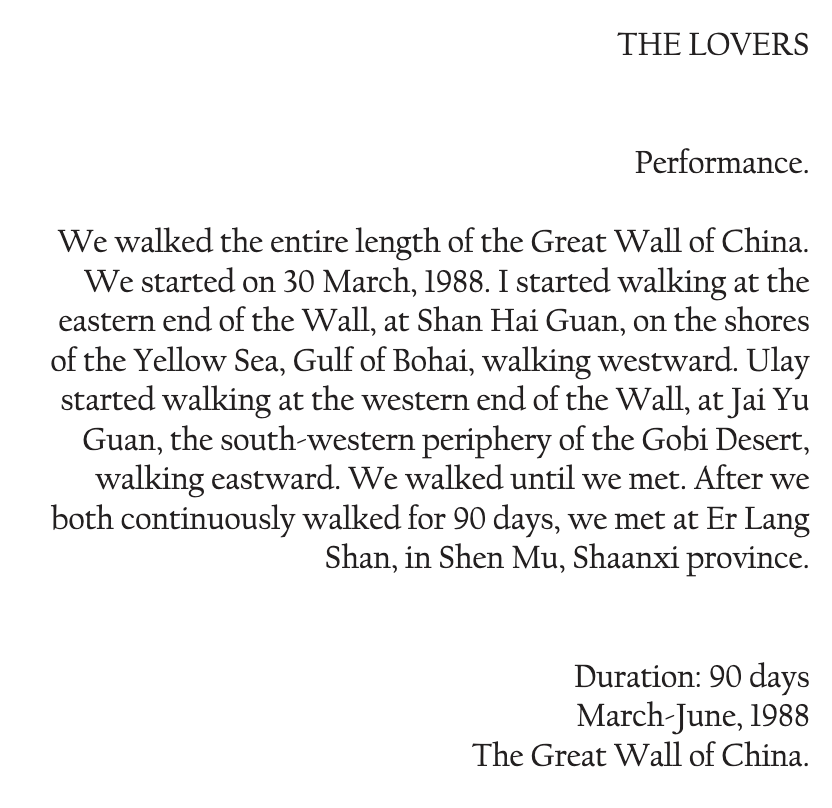
The Lovers – summary by Apramovic
(credit)
Marina Abramović and her partner Ulay ended 12-years of intense personal love and shocking art collaboration, in 1988, with an art stunt never seen before. It was named “The Lovers: the Great Wall Walk” in which they decided to make a spiritual journey that would end their relationship: each of them walked half the length of the Great Wall of China, starting from the two opposite ends and meeting in the middle. There they would end it all.
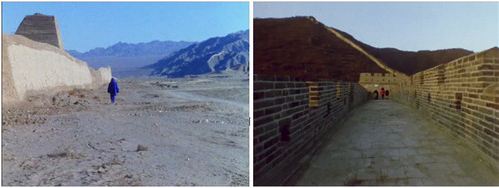
Marina Abramović and Ulay, The Lovers – The Great Wall Walk (1988) China
Abramovic started walking westward while Ulay walking eastward, from the eastern end of the Great Wall of China, at Shan Hai Guan to the opposite end at Jaiyuguan. It would take three months for the couple to meet in the middle, where they embraced each other and went their separate ways. After covering 2500km each in 90 days, they would break up their relationship. They met at Er Lang Shan, in Shen Mu, Shaanxi province. Here, they embraced each other and said goodbye. From then on they would both go on with their life and work separately.
Abramović conceived this walk in a dream, and it provided what she thought was an appropriate, romantic ending to a relationship full of mysticism, energy, and attraction. She later described the process: “We needed a certain form of ending, after this huge distance walking towards each other. It is very human. It is in a way more dramatic, more like a film ending … Because in the end we both would be really alone, whatever we would do.”
-
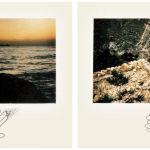
-
The Lovers (1988) – from “On Walking” catalog (2013)
-
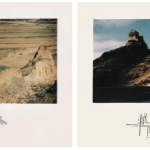
-
The Lovers (1988) – from “On Walking” catalog (2013)
-
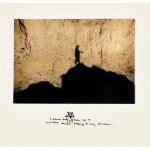
-
The Lovers (1988) – from “On Walking” catalog (2013)
-
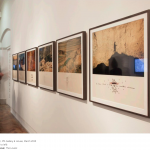
-
The Lovers (1988) – from “On Walking” catalog (2013)
//kickasstrips.com/2015/01/lovers-abramovic-ulay-walk-the-length-of-the-great-wall-of-china-from-opposite-ends-meet-in-the-middle-and-breakup/
//publicdelivery.org/marina-abramovic-the-lovers-the-great-wall-walk/
Marina Abramović walks China’s Great Wall only to break up//publicdelivery.org › Performance
